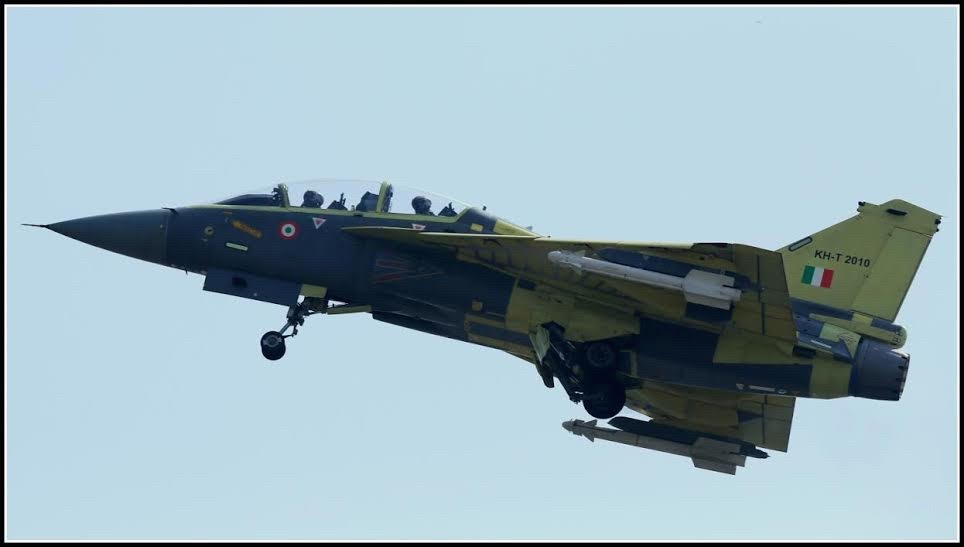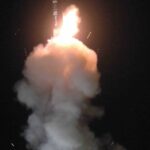
The new digital flight computer will connect the older Tejas fighter’s analogue ports and cabling with the new digital world
By Vikas Gupta
22nd February 24
In 1993, when development work began in earnest on the Tejas Mark-1, the Aeronautical Development Agency (ADA), Bengaluru – the Defence R&D Organisation (DRDO) laboratory set up to oversee the Tejas light combat aircraft (LCA) project – took on the challenge of making the new fighter highly manoeuvrable as well as highly safe.
These conflicting features were achieved through world class avionics that combined an unstable design (which continuously tended to throw the aircraft out of the sky); with a quadruplex fly-by-wire flight computer that continuously stabilised the fighter.
The skills that went into this sophisticated design had been cultivated since the early-1960s, when Hindustan Aeronautics Ltd (HAL) designed and built the HF-24 Marut fighter-bomber.
On Monday, this avionics design capability was taken a step further. In a significant step forward for the Tejas Mark-1A programme, a new “Digital Fly by Wire Flight Control Computer” (DFCC) was integrated and test flown by ADA on a Tejas LCA prototype.
On Tuesday, the ministry of defence (MoD) announced that the “DFCC has been indigenously developed by ADA for the Tejas Mark-1A.”
The Indian Air Force (IAF) is buying no more than 40 Tejas Mark-1 fighters. After that, it will buy 83 Tejas Mark-1A fighters, for which it has signed a contract with HAL in 2021.
The Mark-1A will be more sophisticated and capable than the Tejas Mark-1. The former is being fitted with a highly capable active electronically scanned array (AESA) radar, an electronic warfare suite with an on-board jammer, a Combined Interrogator and Transponder and a digital map generator that carries the complete digital map data of South Asia.
The Mark-1A will also carry the Advanced Short Range Air-to-Air Missile (ASRAAM). With a range of 60-70 kilometres, the IAF bought the ASRAAM from MBDA UK, for upgrading its Jaguar fighters. Now each Tejas Mark-1A will carry two ASRAAMs on its outboard stations.
Integrating these weapons and avionics onto the Tejas Mark-1A requires a more powerful and capable mission computer, with connections that can connect the new digital world with the older Tejas fighter’s analogue ports and cabling. This will be the function of the DFCC.
The MoD says the new DFCC will feature a Quadraplex Power PC-based processor, high speed autonomous state machine based I/O controller, enhanced computational throughput and complex on-board software complied to DO178C level-A safety requirements.
Defence Minister Rajnath Singh complimented the joint teams from DRDO, IAF, ADA and industries involved in the development and flight testing of this critical system for Tejas Mk1A, terming it a major step towards Atmanirbharata (self-reliance)






